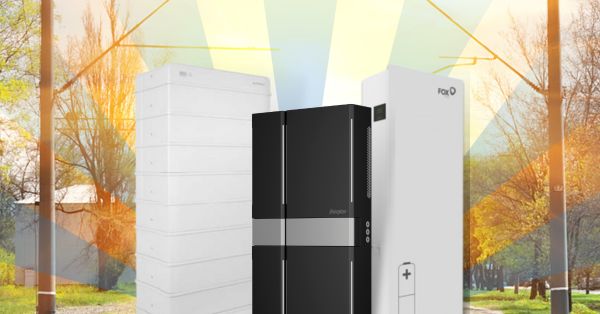Solar energy is rapidly gaining popularity in Australia, as more and more households and businesses turn to this renewable energy source to reduce their carbon footprint and energy costs. With the rise of solar energy, the demand for solar energy storage solutions has also been growing. In this blog post, we’ll explore the current state of solar energy storage in Australia and what it means for solar installers and retailers.
According to the Australian Renewable Energy Agency (ARENA), there were more than 2.5 million rooftop solar PV installations in Australia as of December 2020, with a total capacity of 20.4 GW. This represents a significant increase from just 8,000 installations in 2007. With more households and businesses investing in rooftop solar, there has been a corresponding increase in the demand for solar energy storage solutions, such as batteries, to store excess solar energy for later use.
In 2020, battery storage uptake doubled in Australia, even in spite of Covid-19, according to an article by The Guardian. This is due in part to the declining cost of battery storage, which has made it a more attractive option for households and businesses. The Clean Energy Council’s “Energy Storage in Australia” report notes that the cost of lithium-ion batteries has fallen by more than 80% since 2010, making them an increasingly affordable option for solar energy storage.
Battery storage can also help to address the issue of intermittency associated with solar energy. While solar panels generate energy during the day when the sun is shining, they generate less or no electricity at night when there is no sunlight. By storing excess solar energy during the day in batteries, households and businesses can use this energy at night or during periods of low solar production. According to The Conversation, battery storage and rooftop solar could meet one-quarter of energy needs in Australia.
The Australian Energy Market Commission is working on integrating energy storage into the grid, which will help to further drive the uptake of battery storage. In addition, several state governments have introduced programs to incentivize the uptake of solar energy storage. For example, the Victorian Government’s Solar Homes Program provides rebates for solar panels and battery storage systems, while the South Australian Government’s Home Battery Scheme offers subsidies for battery storage systems. The Australian Government’s Energy Efficient Communities Program also provides grants for high-energy-using businesses to improve their energy efficiency and reduce their energy costs.
As solar energy continues to grow in popularity in Australia, the demand for solar energy storage solutions is only set to increase. Solar installers and retailers should stay up to date on industry developments and be prepared to offer solar energy storage solutions to meet the needs of their customers.
Sources:
-
“How do solar panels work?” article by the Australian Government’s Department of Industry, Science, Energy and Resources –
-
“State of Solar Energy in Australia” report by the Australian Renewable Energy Agency (ARENA)
-
“Battery storage uptake doubles in Australia in 2020, even in spite of Covid-19” article by The Guardian
-
“Energy Storage in Australia” report by the Clean Energy Council
-
“Battery storage and rooftop solar could meet one quarter of energy needs in Australia” article by The Conversation

